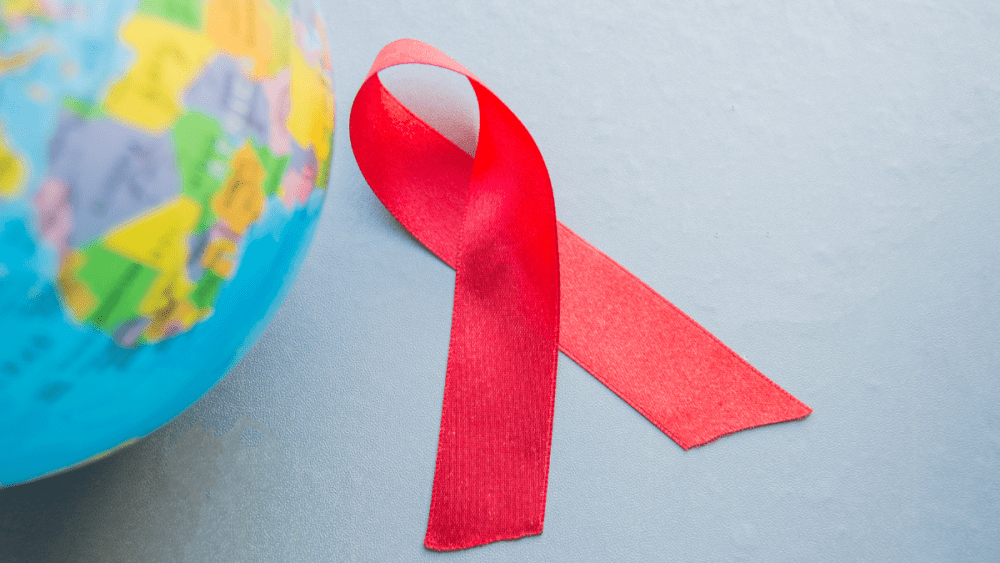
In 25 years, new infections have dropped from about 1 463 every day to about 370, however HIV ‘remains to be a difficulty’, consultants say
In July 2000, then president Thabo Mbeki opened the Worldwide Aids Convention in Durban with a speech that ignored well-established information and doubted that HIV triggered Aids. With the world watching, he walked out on 11-year-old HIV activist Nkosi Johnson, who from the stage was pleading with him for entry to antiretroviral (ARV) therapy.
On the time, a month’s provide of ARVs value about R2 400, an quantity out of attain for most individuals who wanted medication — like Johnson. Specialists estimate the Mbeki administration’s Aids denialism and delayed response value roughly 330 000 folks their lives unnecessarily between 2000 and 2005.
However the authorities’s HIV dissidence at that fateful assembly achieved precisely the reverse of what Mbeki supposed: as a substitute of resulting in delegates casting doubt on HIV science, it began a “therapy revolution”, with consultants vowing to get therapy to all people.
Twenty-five years later, after long-standing activism and a well-known 2002 court docket case that pressured the federal government to offer HIV-positive pregnant ladies with medication that stopped them from infecting their unborn infants, and which within the course of mobilised entry to therapy for everybody, we’re there.
South Africa now has the largest HIV therapy programme on this planet, with round 6-million folks on anti-HIV remedy — and it’s free. New HIV infections have dropped by 75%, from about 1 463 a day in 2000 to roughly 370 each day infections now.
In 1 / 4 of a century, our understanding of HIV science has developed — and together with it our toolbox to battle the epidemic.
Studying about alternative ways wherein the virus assaults the physique meant newer, higher medicine with fewer uncomfortable side effects could possibly be developed. ARVs grew to become cheaper as generic licenses had been issued to corporations who began to compete for the market.
U=U — having undetectable ranges of virus in your physique due to sticking to therapy, and it subsequently being untransmittable — grew to become a factor. Medical male circumcision helped to slash infections in males (as a result of it removes tissues with the cells the virus likes to invade). And medication to forestall HIV-negative folks from getting contaminated grew to become out there — first a capsule, a month-to-month ring, then a two-monthly jab and now a six-monthly shot that’s within the strategy of being registered with regulators.
However the epidemic will not be over, Mitchell Warren of the worldwide HIV advocacy organisation Avac informed Bhekisisa this week.
“HIV remains to be a difficulty,” he says. Regardless of three-quarters of individuals with HIV being on therapy, “we nonetheless have 1.3-million new infections [in the world] yearly”. Though that’s about half of what it was 15 years in the past, “the fear is that the declines prior to now 5 or so years have begun to plateau”, so the variety of new infections isn’t coming down quick sufficient to finish Aids as a public well being risk by 2030 — and that’s “a trigger for excellent concern”.
That’s why, says Warren, the six-monthly anti-HIV injection must turn into extensively out there. “The world can’t afford to squander” this opportunity, he says.
For World Aids Day 2024, we’ve put collectively a timeline of how South Africa’s HIV response has developed over the previous 25 years — and 15 years for the reason that authorities vowed to “begin to flip the tide within the battle in opposition to Aids”.
Click on on and drag the occasion displaying on the timeline or use the scroll bar beneath the playing cards. Hovering over a card will present our tales linked to occasions from the previous 15 years.

This story was produced by the Bhekisisa Centre for Well being Journalism. Join the publication.